|
What happens when we drop perfectionism and admit our mistakes? I discovered something profound… My coach, Claire Higgins, invited me to, once again, step into courageously accepting and expressing myself. This time I realised I had been obsessed with perfectionism and I was pretending to others that I found life ‘easy’. Why Can I own and accept my mistakes, publicly, as a way of helping myself and others, accept our imperfections? What other gifts will that bring? How I like to proceed with a plan, based on purpose and pleasure. The purpose was clear — self acceptance, but the pleasure? l found it liberating to admit I get things wrong and also I worry, I make mistakes, get irritated and it’s not always easy to re-correct and forgive myself, returning to a balanced ‘mindful’ state. So the pleasure was — smiling and saying “today I have cocked up X and that’s OK!” When, where? I would begin as I taught the evening’s meditation class. I shared three things I cocked up today (and that’s OK) and then one thing I was worrying about. I invited everyone else to do the same. At the end everyone could feel their shoulders relax and the atmosphere was completely different. We meditated in acceptance of our imperfections for the remaining 40 minutes. It was wonderful. ‘I’ became M.E A realisation occured during the week. I keep saying the words "'I' am..." or "'I' feel..." but the 'I' doesn't reflect all of me. I can often be simeltaneously happy, sad, worried and calm! So why is this word ‘I’ indicative of my whole being as one thing? My housemate, Mareike, uses language from the ‘Focusing’ practice of meditation to talk about ‘something in me’ or ‘a part of me’. Inspired by this I realised I = M.E (Multiple Entities). Is it possible to change my language and therefore my identity? Changing "I feel...." to "A part of me feels..." changes how I see myself and opens up a wider possibility. Parts of me Identification is overly simplistic. It is often Binary. 'I' am either this OR that. Well, let’s shift that now....Let’s honour the multitude of parts. In the same way your body is made up of multiple parts; two hands, 10 fingers etc, so is your mind. Some body parts are ‘in recovery’ like when you have damaged a finger. Instead of calling it a ‘bad’ finger, let’s re-label it as a ‘recovering’ finger, so it is with your mind, which is comprised of many painful memories, happy memories, concerns, loves, dislikes, curiosities and urges. A multitude of living entities inside you and me! Develop the language in three steps So I began to experiment. I began thus and you can try this at home. 1. Say ‘I can be…’ instead of I am, throughout your day. This will get you started. Bonus points for when you notice outward projected blame or opinions of others. For example if I say or think “They are so stupid."... I can add..."I can be so stupid sometimes!" 2. Say 'A part of me is..." and develop more layers. Once you’ve practiced that for several times I’d like you to switch from saying ‘I’ and instead start saying ‘A part of me’ or ‘something in me’. For example; "a part of me feels annoyed. A part of me thinks they are so stupid. A part of me can be so stupid. Something in me is confused." 3. Declare the healthy, happy parts too! We are often drawn to noticing problems, like the part of the body that is in pain. We often get drawn into labelling them with a negative thought, like ‘bad’. For the third part of the exercise start to continue to notice other parts, after noticing the problematic parts. For example: "A part of me is annoyed and another part of me is amused. Another part of me is enjoying this exercise. A part of me is wondering how this can be helpful." Why are we doing this? ‘This is about releasing the singular identification and therefore the singular comparison and holding onto a particular identity. This in turn allows more freedom of choice and more self-acceptance, which feels empowering and loving. It also grows my empathy. The more I realise both how imperfect and how wonderfully diverse I am the more I see that in others. Catch yourself Your mission, should you choose to accept it, is to catch yourself labelling yourself or others as a single story. Can you notice that, take a moment, check if it’s OK to start appreciating how ‘parts of me’ can be and then how we are only seeing a small part of them. Love yourself - all parts Fancy giving this a go? Go for it, but remember — find pleasure in it as you experiment. Let me know how you get on! This is also a part of a therapy I am researching called IFS (Internal Family Systems) and it can help us rebuild trust in ourselves. Interested? Contact me!
0 Comments
“I am a beautiful fool, just like everyone else.” This is what I learned from the 5 day ‘fools school,’ back in 2017. When I was looking at this year’s retreat options I was excited to see that Holly Stoppit, one of my favourite facilitators of inner work, was running a 4 day retreat - THE FOOLS RETREAT - in deepest Dorset, October 2019, I booked it immediately. The week running up to it, I thought, “why the hell did I book this? I’m supposed to be going on a retreat to retrain my presence of mind, not run around like an idiot!” However, I also knew the little vulnerable parts of me were scared to be seen. They often do this - they try and criticise in order to remain hidden. This blog post will give you an insight into my lessons and what happens at this unique retreat. TLDR If you’re anything like me you can’t be bothered to read it all, so here are the 5 key learnings:
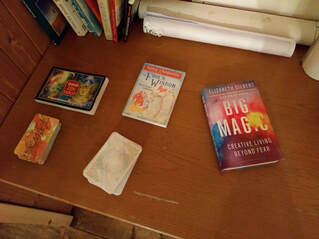 So what was so good? Well here are some of the highlights in a little more detail: Sitting, sharing and being A key part of the weekend was arriving each day and meditating. This was followed by sharing what was visiting each of us, some wonderful sharing by Holly from her fabulous books (which she often kissed in admiration) and then she would put on some music and allow us time to just ‘be’ in our bodies, without talking or interacting with each other. I really enjoyed this structure and felt the ‘being’ time loosened me up ready to do some ‘fooling’. Disidentifying from feeling by how we speak about them As the Germans exclaim ‘I have hunger’ we can use this way of speaking to break the identification with our fleeting feelings. I am (feeling) implies it is who we are. I feel / have / notice (feeling), speaks more accurately of it as a fleeting visitor in our guesthouse. Then we remain mindful and able to handle it. Exploring the shadow The point of the weekend was to play, take risks and explore what Carl Jung refers to as ‘ The shadow’. This is the place where we hide or suppress parts of ourselves, which began in childhood, in order to confirm, to be safe. This can be anything, not just things like ‘anger’ or ‘fear’ but also ‘joy’, ‘pride in oneself’ etc. Until we become aware of the shadow these elements show up destructively. If we become aware, accept and reintegrate elements of our shadow, we can live in a healthier, more functional way. This is a process. The way that Holly facilitates this is by encouraging us to explore what ‘mask’ we are wearing as we stand in front of a loving audience - which I call the’ Fooling Arena’. So what is fooling? Expressing the shadow through ‘masks’ In the ‘Fooling Arena’ we find all kinds of social masks coming up - the need to impress, the inner critic, the good one, the rage, the shy one…the list is as deep as your soul. We express them to the audience, allowing masks to interact. Through this ‘show’ the individual learns how the parts relate and are perceived. I love the process of amplifying the masks, like allowing a tantruming child to vent, before we engage with it, we fully allow and embody the language and emotion of the mask, as a process of acceptance, before we seek change. This often allows it to come and go quite rapidly, but also to be seen fully. We learn what it needs and how it affects us. The audience reflect positive feedback which helps the ‘fool’ to understand the process from other perspectives. Acknowledged vulnerability leads to empowerment Gradually patterns emerge and these realisations can lead to strong, emotional outpourings and then revaluation. Much like the work of Brene Brown points to, I believe the sharing and expression of these vulnerable parts of ourselves is an important part of the process of empowerment. As we are seen, exploring openly, we learn we are OK, even in our darkest places, and we learn how to re-organise our inner parts, so they all serve the same purpose. A safe space to be wild and curious On this retreat we were all daring to explore ourselves, whilst also taking great personal care and treating one another with love and respect. Holly reassured us that we could bring it all out, it is all welcome, and we could therefore interact from these suppressed ‘masks’ whenever we choose to (including during lunch!) We knew this meant that we would be sometimes ‘triggering’ each other. People might feel angry or hurt, and so we were encouraged that if we had a particularly nasty mask that we should redirect that energy towards objects, not other people. The golden rule was: “Become curious about what it's like when we are triggered, allow it and express it safely, in order to explore it.” |
AuthorsNeil Morbey is a meditation teacher, group facilitator and inspiration guide for Positively-Mindful.com Blog Index
Archives
April 2024
|
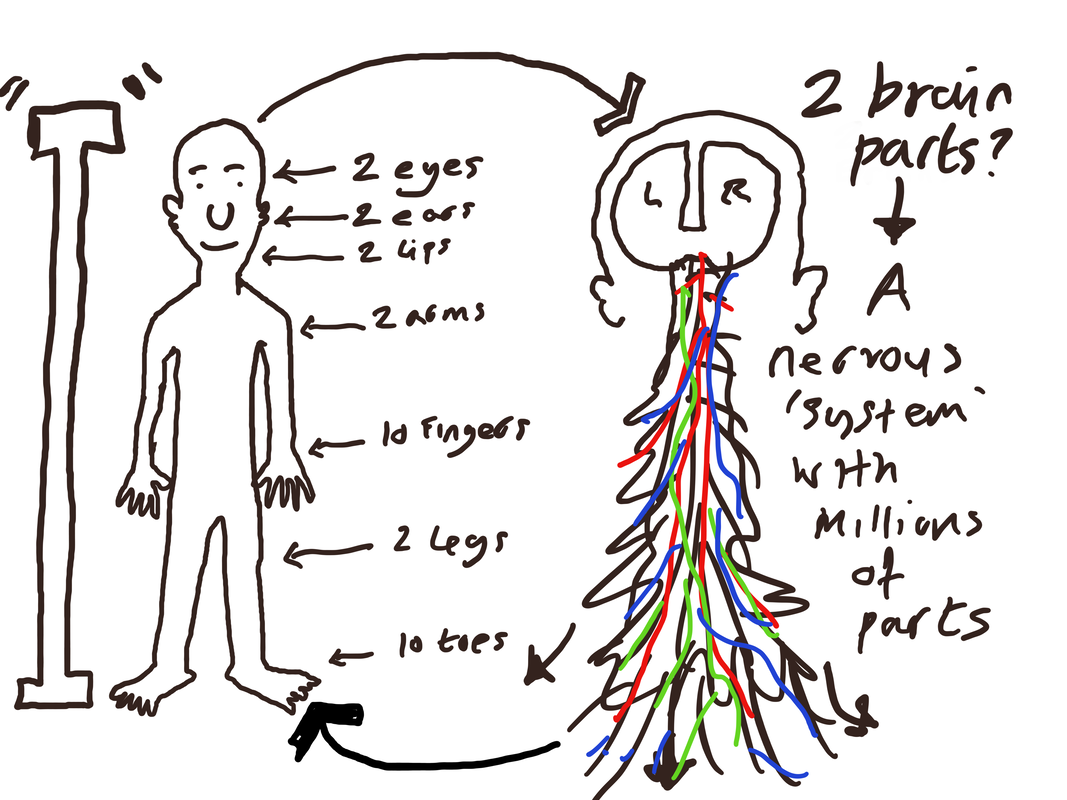
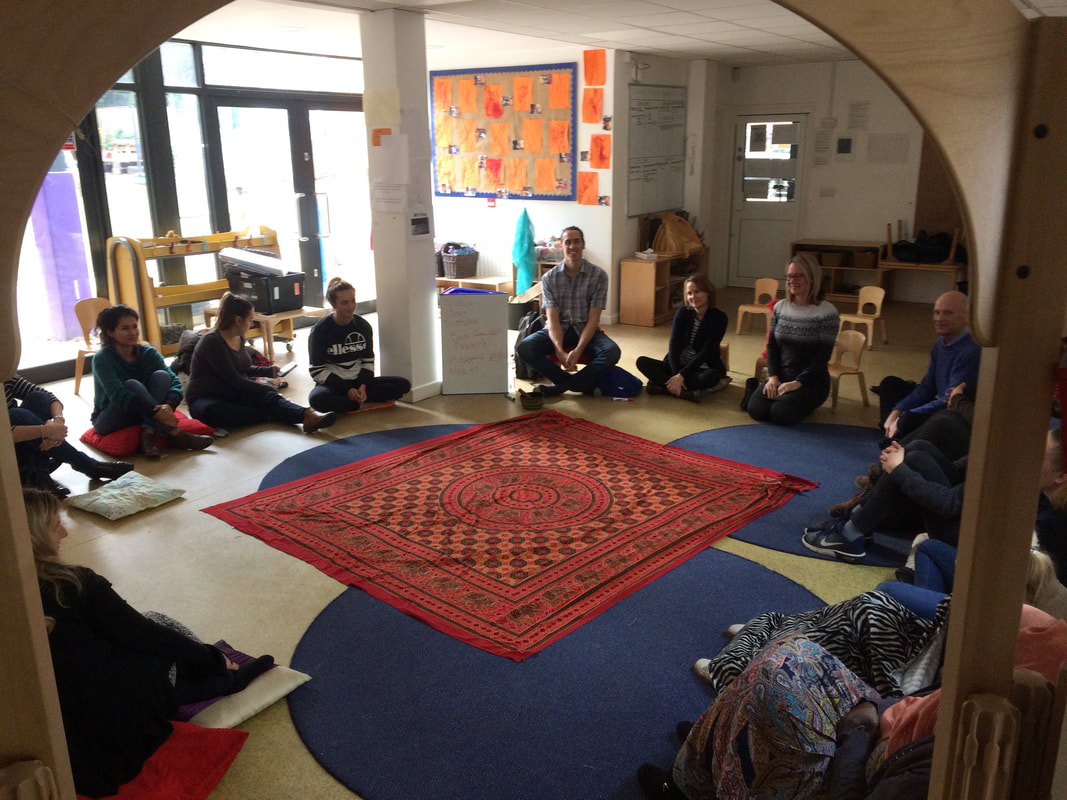
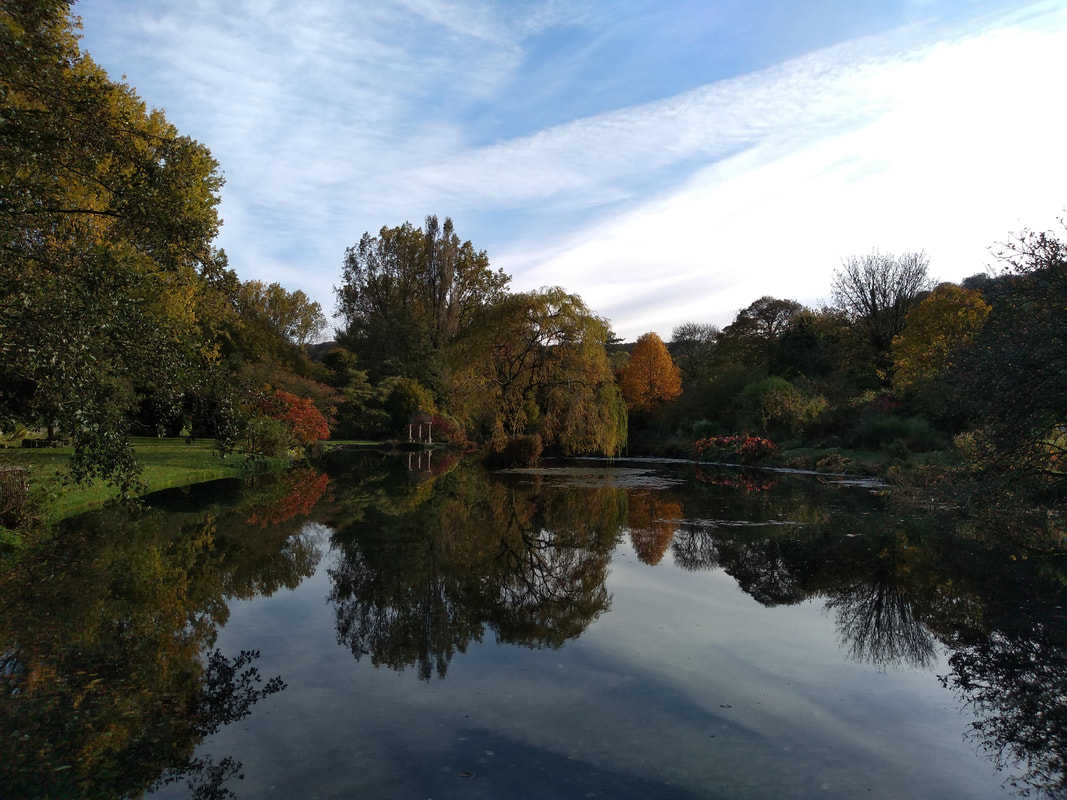


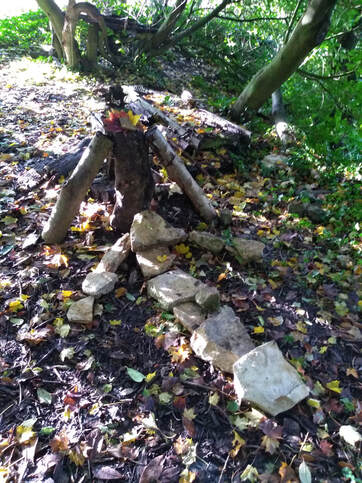
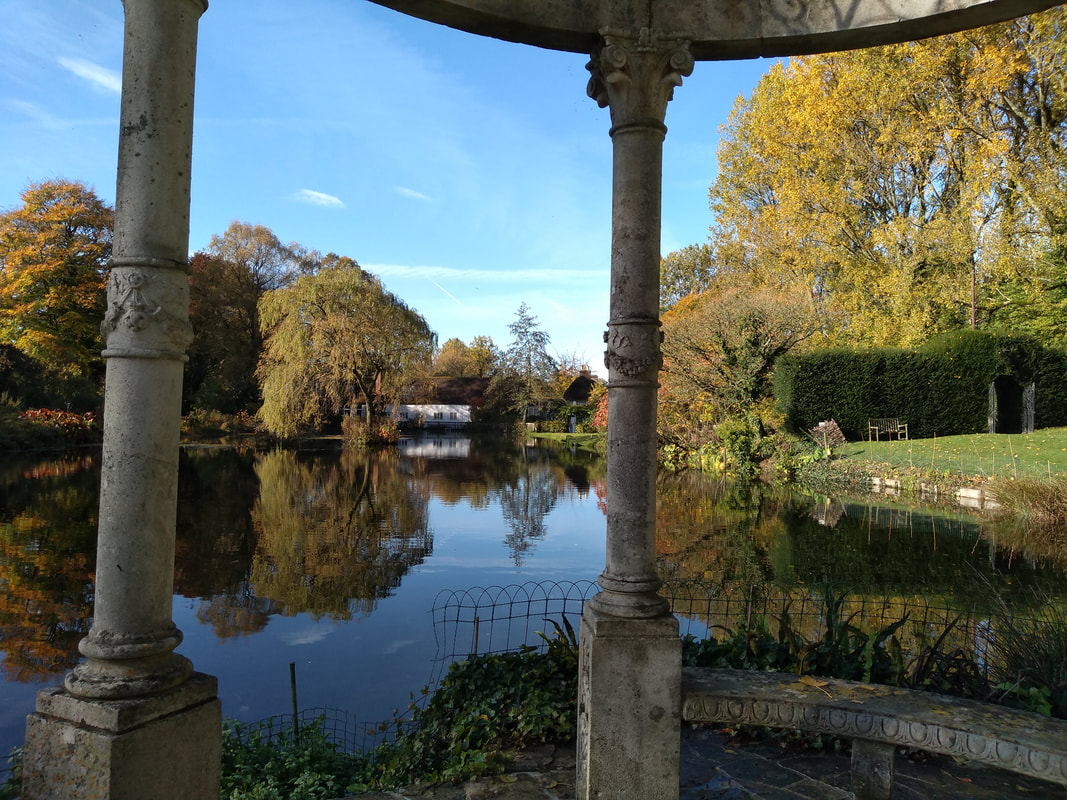
 RSS Feed
RSS Feed